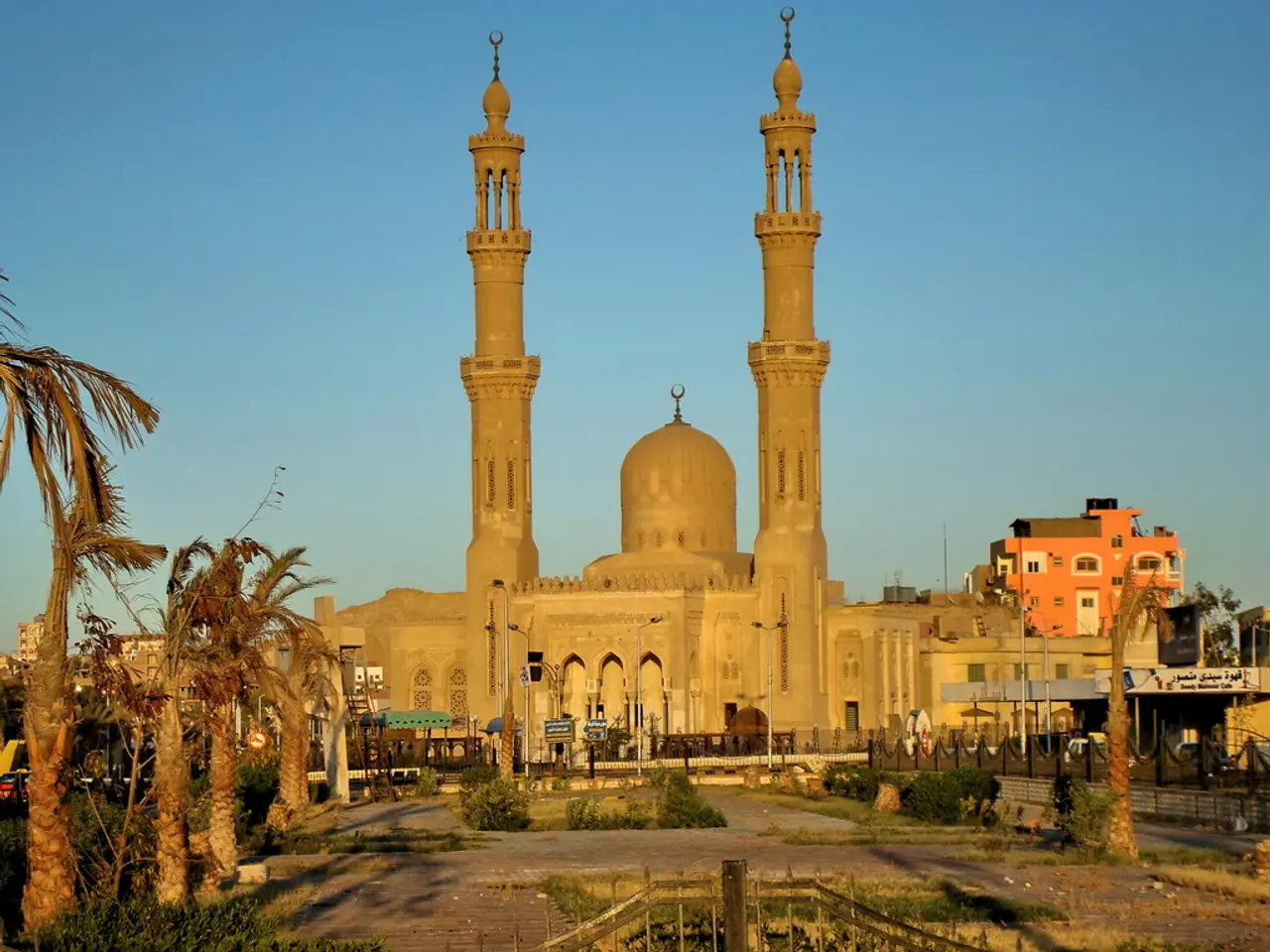Unveiling the Muslim History Hidden Within Palermo
In the heart of Sicily lies Palermo, a city that weaves together a rich tapestry of culture and history, with its Islamic heritage playing a significant role in shaping its architecture, language, and ongoing multiculturalism.
The city's connection to the Islamic world dates back to 832 AD, when Palermo, then the principal city of Sicily, was conquered by Muslim forces from Ifriqiya, a region that includes modern-day Tunisia, eastern Algeria, and parts of Libya. This conquest marked the beginning of Palermo's journey under the Islamic empire, first under Aghlabid and then Fatimid rule.
During this period, Palermo flourished culturally and economically, becoming one of the largest and most vibrant cities in Europe. This history is still visible in Palermo’s Arab-Norman architectural sites, such as the 12th-century Zisa Palace, which blends Arabian aesthetic and construction methods with Norman styles. These sites are recognised as UNESCO World Heritage sites.
The influence of this Islamic past extends beyond architecture. Many Sicilian words have Arabic origins, reflecting the interaction between the two cultures and languages. Local residents, including those with Muslim immigrant backgrounds from countries such as Tunisia, Bangladesh, and Senegal, connect with this heritage through religious and cultural practice, language, and the arts.
Tehseen Nisar, a Pakistani academic and poet, is one such individual who feels a strong connection to Palermo. Having lived in the city for three years, she finds strong similarities between Palermo and her homeland, Karachi. Tehseen's work is part of the Absent presence project on multi-religious encounters in cities across the world.
Sirus Nikkhoo Sari Ghieh, originally from Iran, came to Palermo in 1980 to study architecture and discovered traces of Persian culture in the city's monuments. Another resident, Cesare Tini, who converted to Islam as a young man, founded Siqiliah, a musical group that fuses north African and Turkish traditions with those of the island, and has worked on the restoration of the mosaic floors of Palermo's Monreale cathedral.
The Absent presence project, funded by the European Research Council grant Multi-Religious Encounters in Urban Settings (2019-2025), aims to explore and document these multicultural encounters in cities worldwide.
Palermo's diverse Muslim communities echo the coexistence and cultural syncretism of the city's past, with current residents reclaiming and celebrating this historical connection in everyday life and collective memory. Lamin Drammeh, an actor who arrived in Palermo from the Gambia 10 years ago, stands outside Palermo cathedral, built by the Normans on the site of a former mosque, and notes the Qur'anic extract on one of the columns at the main entrance. Hejer Jouini, born in Palermo to Tunisian parents, stands at the 12th-century Zisa Palace and expresses pride in the city's Arab past.
In summary, modern Palermo’s Islamic heritage shapes its architecture, language, culture, and ongoing multiculturalism, with current Muslim residents reclaiming and celebrating this historical connection in everyday life and collective memory. The city stands as a testament to the rich cultural exchanges that have taken place throughout history, serving as a crossroads between East and West.
The Arab past of Palermo, stretching back to its conquest in 832 AD, has left a lasting impact on the city's daily lifestyle, particularly in its language and architectural designs, forming a unique blend of home-and-garden aesthetics with Arabian influence.
Today, Palermo's diverse Muslim communities continue to honor and celebrate this heritage, weaving it into their every day lives and collective memory, further emphasizing its significant role in shaping the city's multicultural lifestyle.





